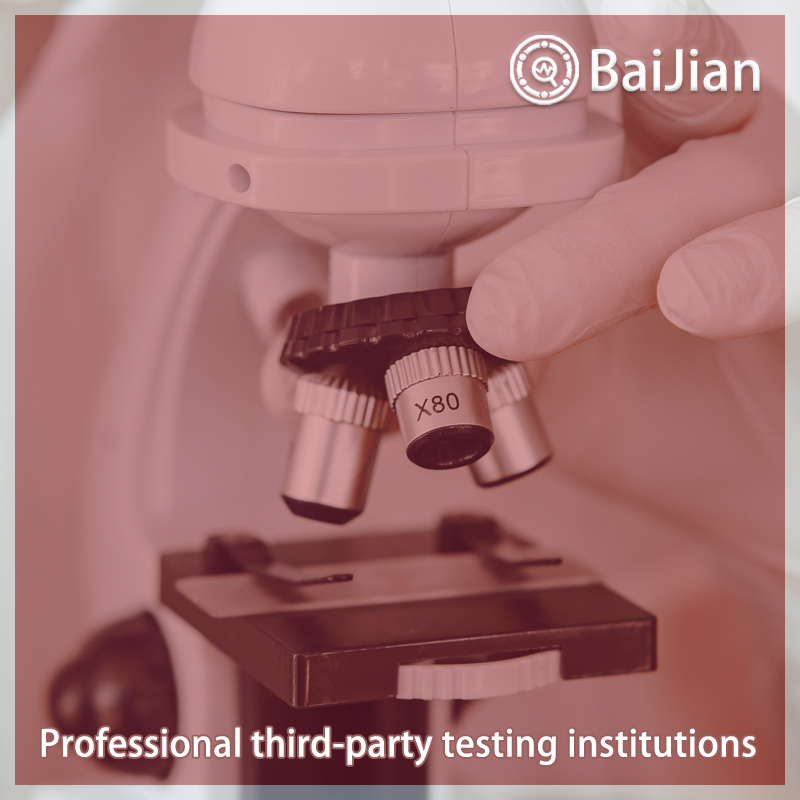
This section specifies the product classification, technical requirements, test methods, inspection rules, markings, packaging, transportation and storage, as well as the accompanying documents for high-voltage voltage divider measurement systems with a working frequency range of 0Hz~300Hz. This section is applicable to the production, inspection, and use of high voltage divider measurement systems for various voltage levels. This section is not applicable to high-voltage divider measurement systems for impulse measurement. The following normative references are essential for the application of this document. For dated references, only the dated version applies to this document. For undated references, the latest version (including all modification orders) applies to this document. GB/T 6587-2012 General Specification for Electronic Measurement Instruments GB/T 7354 Partial Discharge Measurement GB/T 9969 General Instructions for Industrial Products GB/T 13978-2008 Digital Multimeters GB/T 14436 General Guidelines for Industrial Product Assurance Documents GB/T 16927.1 High Voltage Test Techniques Part 1: General Definitions and Test Requirements GB/T 16927.2-2013 High Voltage Test Techniques Part 2: Measurement Systems DL/T 1082-2008 High Voltage Laboratory Technical Conditions 3 Terminology and Definitions The language and definitions apply to this document. 3.1 Voltage divider is a conversion device composed of a high-voltage arm and a low-voltage arm. The input voltage is applied to the entire device, while the output voltage is taken from the low-voltage arm. [GB/T16927.2-2013, 3.2.2] 3.2 High voltage divider measurement system is a complete device used for high voltage measurement, including high voltage divider, low voltage measurement components, and accessories. The scale factor of a converting device multiplied by the output value of the converting device to obtain its input value. Note: The scale factor of the conversion device can be dimensionless (such as the voltage ratio of the voltage divider) - [GB/T 16927.2-2013, 3.3.2]
Function of testing report:
1. Project bidding: Issue authoritative third-party CMA/CNAS qualification report
2. Online e-commerce platform entry: Quality inspection report recognized by major e-commerce platforms 3. Used as a sales report: issuing legally effective testing reports to make consumers more confident 4. Papers and research: Provide professional personalized testing needs 5. Judicial services: providing scientific, fair, and accurate testing data 6. Industrial problem diagnosis: Verify the troubleshooting and correction of industrial production problemsBaijian and testing process:
1. Telephone communication and confirmation of requirements
2. Recommend solutions and confirm quotations 3. Mail samples and arrange testing 4. Progress tracking and result feedback 5. Provide reports and after-sales service 6. If urgent or priority processing is requiredTesting and testing characteristics:
1. The testing industry is fully covered, meeting different testing needs
2. Fully cover the laboratory and allocate localized testing nearby3. Engineers provide one-on-one services to make testing more accurate
4. Free initial testing, with no testing fees charged
5. Self service order delivery for free on-site sampling
6. Short cycle, low cost, and attentive service 7. Possess authoritative qualifications such as CMA, CNAS, CAL, etc 8. The testing report is authoritative and effective, and is generally used in China